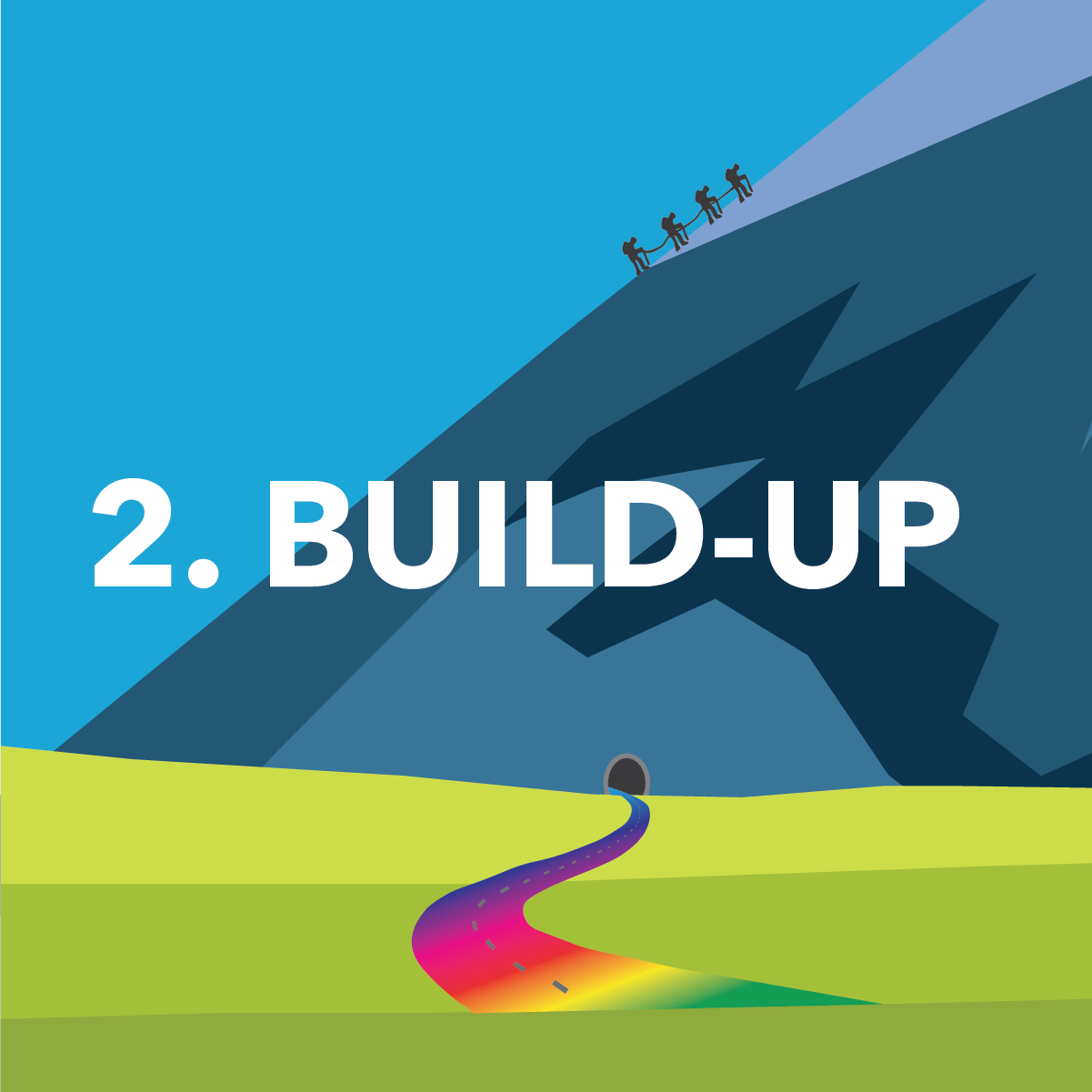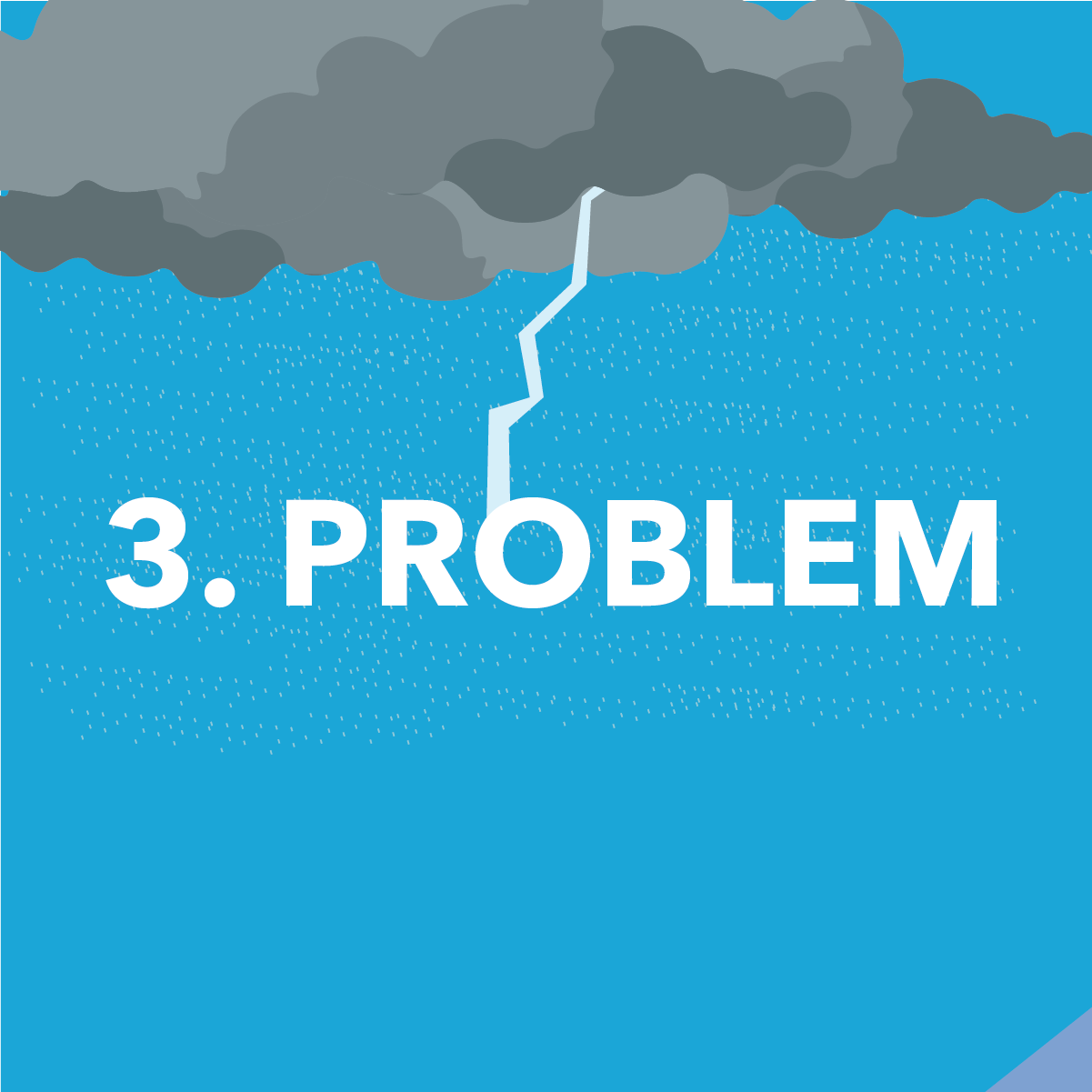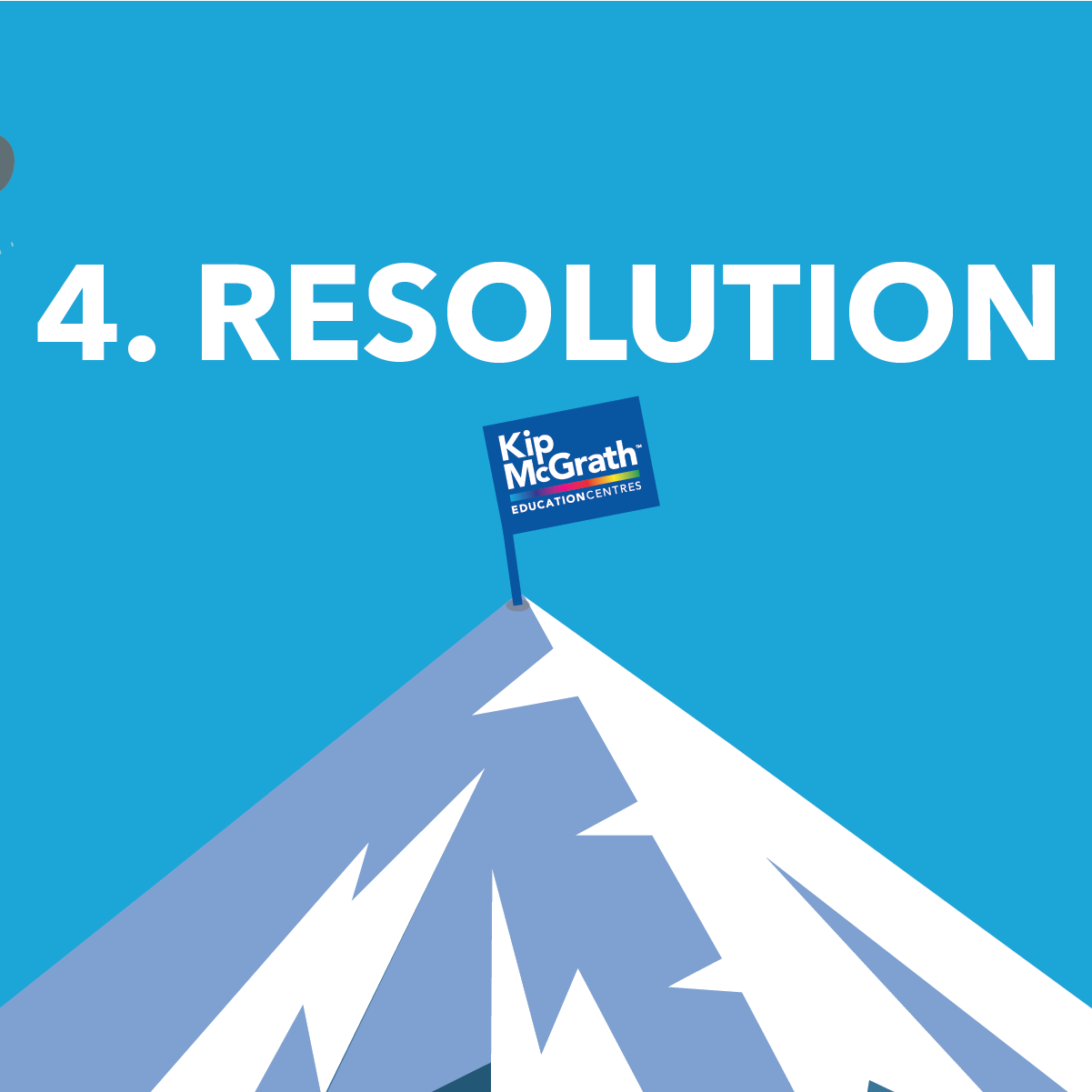The "Story Mountain" is a widely used framework in creative writing, often employed in classrooms and workshops to structure stories. Understanding the basic elements of the story mountain can help students create engaging and well structured narratives.
Story Mountain

Opening - The opening of the story is where you set the scene by introducing the setting, characters and establish the tone of the story. It's important to provide details about the characters, the time and the place where your story is taking place. This will help readers better understand the journey that lies ahead.

Build-up - In the build-up phase, the story starts to gain momentum as the main character faces obstacles and struggles to overcome them. This is where you can add detail of interest to the reader, foreshadowing events that will lead to a greater conflict. By building tension and intrigue, you can keep the reader engaged and eager to know what happens next.

Problem - The problem or conflict is the turning point of the story, where the tension reaches its peak and the character faces their biggest challenge. This is the moment when the story takes an unexpected turn, and the character must confront and address the problem head-on. It's crucial to create a compelling and challenging problem that will keep readers hooked.

Resolution - The resolution is the point at which the character must solve or resolve the problem to reach their final goal. This is the most exciting part of the story, where the plot reaches its climax and the character's fate hangs in the balance. Make sure to keep readers guessing and create a satisfying resolution that ties up loose ends and provides a sense of closure.

Ending - The ending of the story is when the characters have resolved the problem and everything has been resolved. While it's the conclusion of the story, you can still be creative and add an unexpected twist that gives your story a unique and memorable ending. This could even hint at the possibility of a continuation or sequel.
Putting It To Use
To write a story using the story mountain framework, start by brainstorming ideas for each of these elements. Consider the type of story you want to tell, the characteristics of your main character, and the challenges they will face. Use the story mountain as a guide to structure your ideas and create a cohesive and engaging narrative.
Here's an example of how you might use the story mountain to write a short story using Little Red Riding Hood:
Beginning: Little Red Riding Hood sets off through the woods with a basket of food for her sick grandma.
Build-up: Along the way, she encounters the cunning wolf who asks her where she is going. Little Red Riding Hood becomes suspicious but continues on her way to her grandma's.
Problem: When she arrives at her grandma’s house, she realises that the wolf has locked her grandma in the cupboard and is pretending to be her. Little Red Riding Hood screams for help.
Resolution: Just as the wolf is about to eat her, the Woodcutter arrives and chases the wolf away.
Ending: Little Red Riding Hood, grandma, and the Woodcutter live happily ever after, knowing they foiled the wolf's evil plans.

To Conclude
In conclusion, the story mountain framework is a valuable tool for structuring stories and creating engaging narratives. By following the elements of the opening, build-up, problem, resolution, and ending. You can create a well-paced story that captivates readers. Whether you're a seasoned writer or just starting out, the story mountain can help you organise your ideas and bring your stories to life.
If you're interested in learning more about Improving your child’s writing skills, we invite you to book a free assessment on our website. Our team of English specialists can provide personalised feedback and guidance to help you become a more confident and skilled storyteller.
Visit our website today and take the first step towards enhancing your storytelling abilities with Kip McGrath.

 Login
Login Online Tutoring
Online Tutoring





